Peppermint
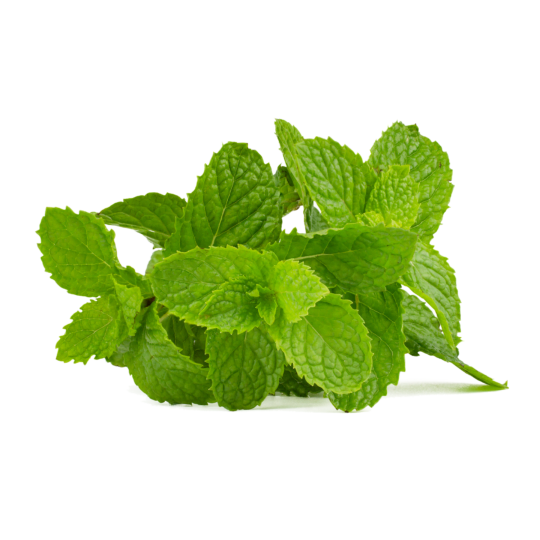
Importance of Peppermint to Oregon
Oregon is ranked number three in the United States for peppermint production and grows 35% of the country’s peppermint. The state has 83 farms growing peppermint on 18,000 acres. In 2020, Oregon grew enough mint to make 1.7 million pounds of peppermint oil. That mint’s value was 34 million dollars.1 Oregon mint is distilled into oil.2
History of Peppermint
Peppermint was first grown in Oregon around Eugene in 1908. In the 1920s, the Pacific Northwest became a major mint growing region because of disease that was hurting crops on the east side of the country. 2,200 acres of mint were harvested in Oregon in 1939. The demand for mint oil was growing as more things, like gum and toothpaste, were flavored with mint. Eventually, someone created an artificial mint flavor and not as much real mint oil was needed. Mint acreage peaked in the mid-1990s at 50,000 acres. Oregon now has less than 20,000. Mint is grown in Oregon’s Willamette Valley, and in the central and north-eastern parts of the state.
Life Cycle of a Mint Plant
Peppermint is a perennial, so fields do not have to be replanted each year. The average mint field grows for 3-5 years before a different crop is planted. When planted, it is planted in late fall or spring. Peppermint is planted using stolons or rhizomes, not seeds. Stolons are stems that grow sideways, instead of up, just above the soil surface. Rhizomes are similar, but just below the surface of the soil. Both stolons and rhizomes are the way some plants spread far away from where they were planted. The peppermint stolons or rhizomes are planted in rows and then quickly spread further over the field.3
As the mint plant grows, oil is stored in the leaves. The closer the plant gets to blooming, the more oil there is. The beginning of bloom is when there is the most oil and it is time to harvest. The oil is also at its highest quality then.4
Peppermint Harvest
Oregon mint is harvested starting in late June and goes to mid-August. Swathers, sometimes called windrowers, drive through the fields, cutting the mint and laying it in rows. It is left to dry for a few days. A harvester machine then picks up the rows. It chops up the mint and blows it into a truck tub.
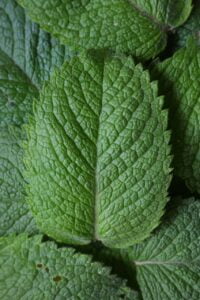
Image by Lebensmittelfotos from Pixabay
Distillation
Steam is used to capture mint oil in the chopped leaves. Boilers create the steam. Then the steam and oil mixture is changed into oil and water. A separator removes the water from the oil. Pure mint oil is left. It is then put into 55-gallon barrels. The barrels hold 400 pounds of oil.5
Pests and Diseases
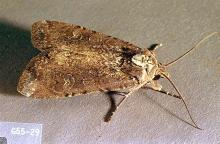
Cutworm
Cutworm larvae can cause extensive damage to mint fields. Especially on farms east of the Cascade Mountains. Cutworms feed on new mint shoots during the spring. This can prevent shoots from growing completely, which means there is less to harvest later.6
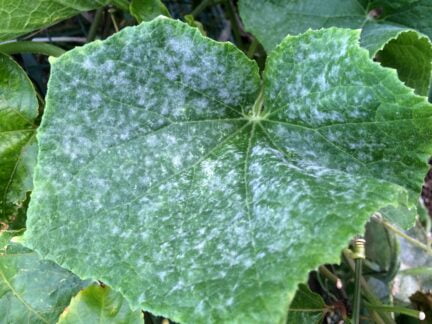
Powdery Mildew
Powdery Mildew is caused by a fungus that is common in parts of Oregon and Washington. The disease shows up on leaves and stems. It looks like a white/gray powdery coating. The infection appears in small circles that can join together and spread across the whole plant. Sometimes the leaves will turn yellow and fall off the plant. If mint becomes infected by the mildew, it is more likely to be injured in the winter.7
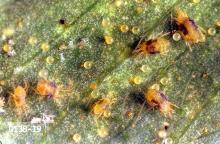
Spider Mite
Spider Mites damage mint plants by sucking the juice out of the plant. Large amounts of mites can cause leaves to become yellow and dry and fall off. The plants create less mint oil when damaged by spider mites. They have 8 legs, like a spider and also create webs and lay eggs on leaves. They can spend the winter on the stems of mint plants and in the ground and then start feeding in the spring.8
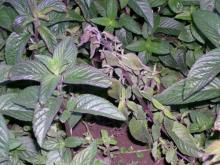
Verticillium Wilt
Verticillium wilt is a disease caused by a fungus that lives in soil. If it gets into the soil of a field, it is very difficult to get rid of. It enters the plant through its vascular system and spreads in the stem. Verticillium makes the leaves twist and curl and eventually die and fall off. The mint plants become stunted and don’t grow larger. It causes the plants to become yellowish, red, or bronze color.
Uses for Peppermint
Fun Facts About Peppermint!
- A pound of peppermint oil can flavor up to 40,000 sticks of gum or about 1,500 tubes of toothpaste9
- The U.S. produces nearly 70% of the world’s peppermint and spearmint supply
- February 11 is National Peppermint Patty Day
- Peppermint plants grow to be about 18-36 inches tall10
Vocabulary Terms
Distill
The process of vaporization followed by condensation.
Perennial
A plant that lives longer than two years.
Rhizome
An underground horizontal stem that bears shoots along its upper surface.
Shoots
New growth.
Stolon
A stem growing on or just under the soil from which new leaves or plants bud.
Swather
A machine that cuts crops and lays them into rows.
Vascular system
A system of tissues that transports water and nutrients through a plant.
Related Resources and Sources
- Farm Flavor, Oregon Mint Adds Flavor to Products Worldwide
- Jefferson County Seed Growers, Peppermint
- Plant Village, Mint
- OSU Nutrient Management Guide, Peppermint
